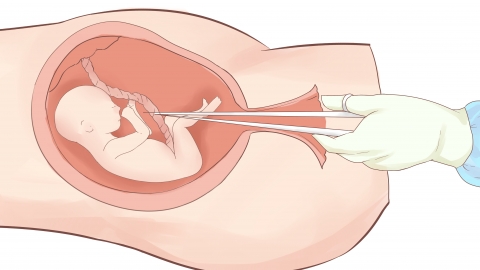What does "induced labor" mean?
Generally, labor induction refers to a medical method that uses artificial means to induce uterine contractions to terminate a pregnancy due to maternal or fetal reasons. It is typically applicable in cases of pregnancy beyond 12 weeks. Detailed analysis is as follows:

There are various methods of labor induction, including pharmaceutical induction and surgical induction. Commonly used medications for pharmaceutical induction include misoprostol tablets, mifepristone tablets, ethacridine lactate injection, among others. These medications induce uterine contractions to expel the fetus and associated tissues. Surgical induction may include procedures such as dilation and curettage (D&C), which might be employed when the fetus is large or pharmaceutical induction is unsuitable. Induction of labor is usually performed when the pregnant woman suffers from severe illnesses, continuing the pregnancy may endanger her life, or when the fetus has serious malformations or developmental abnormalities, based on medical indications. However, labor induction also carries certain risks, such as bleeding, infection, uterine perforation, cervical injury, and may also cause psychological trauma to the woman.
In daily life, it is important to take contraceptive measures, correctly use methods such as condoms and oral contraceptives, or choose long-term contraceptive options like intrauterine devices (IUDs) according to individual circumstances, to reduce the likelihood of unintended pregnancy.




